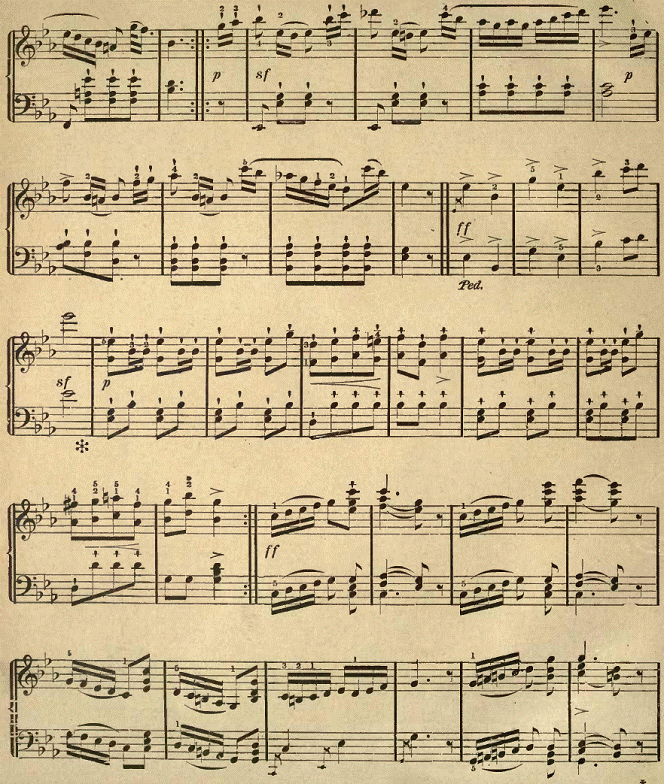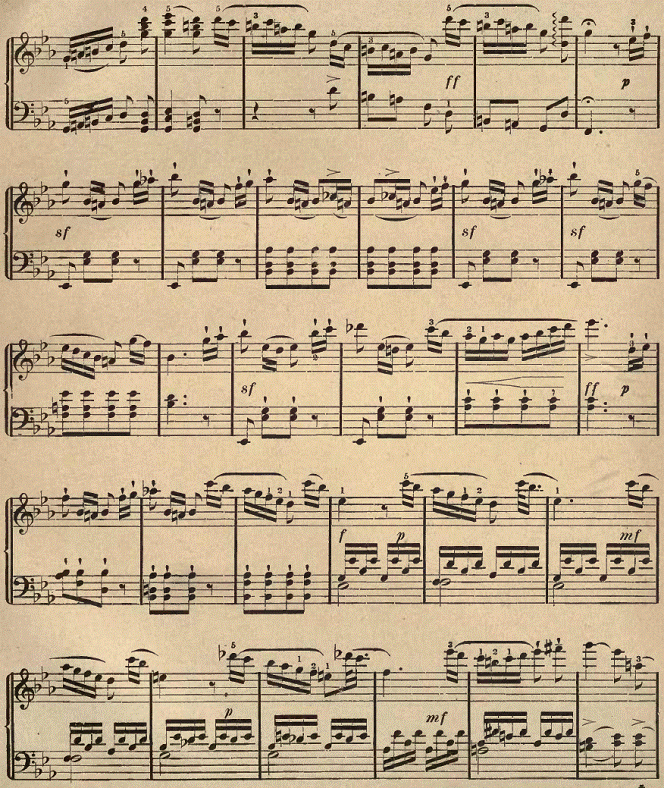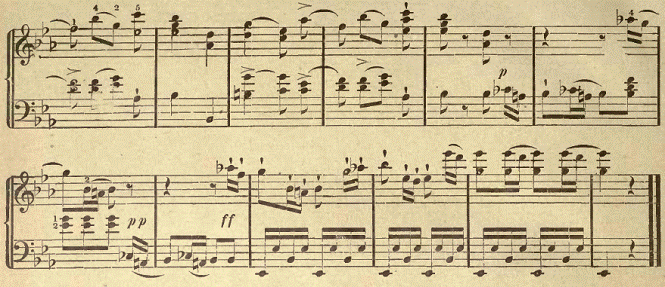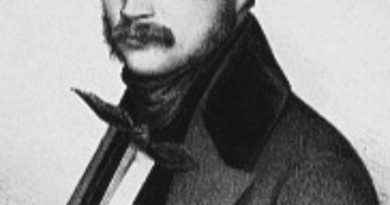Chromatic music scale on the piano
Here are other pages about simple chromatic and harmonic chromatic scales on piano.
The pupil has now practiced all scales commonly used in music except the Chromatic Scale. There may, here and there, occur a piece written in seven sharps or seven flats, but such pieces are rare. We use only the keys up to six sharps and flats, because the keys with seven sharps or flats can be easily produced and easier played as keys of five sharps or flats. Thus, the key of C-sharp is the same as D-flat.
The former has seven sharps, while the latter has only five flats, hence it is better under all ordinary circumstances to write and play a piece in D-flat in preference to writing it in C-sharp. In this scale all the tones lying between the tonic and its octave are introduced.
It is written with sharps when ascending, and with flats when descending. There are three modes of fingering this scale. We will place on top what is called the German fingering which is least used. Next we introduce the English fingering, well adapted for light and rapid passages.
The lowest fingering is the French, which is mostly used, and is especially adapted when a firm vigorous tone is required. Let the pupil study the French, and if he choose he may also study the others.
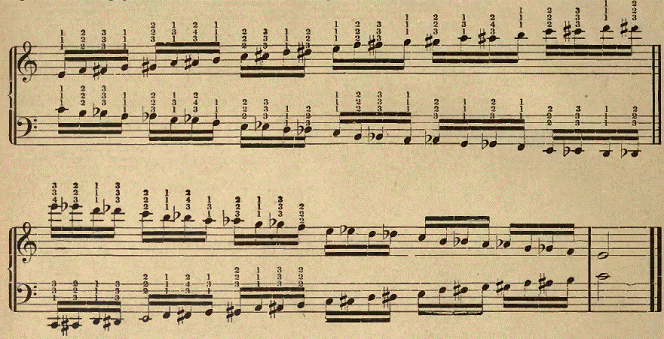
Chromatic scales and parallel motion
Practice the throughout the entire keyboard. After beginning on C start also on other tones. Be careful, however, to take the proper fingering at the beginning.

Chromatic Passages
Such forms often occur in music.


Carl Maria Von Weber’s Rondo
The pupil has made the acquaintance of quite a number of the great masters. There are, however, still others with whose works he must gradually become familiar. One of these is Carl Maria von Weber, Germany’s beloved composer. He was born at Eaton on the 8th of December, 1786, and died at London (England), June 6th, 1826. He is deservedly called a great composer, and also an excellent, pianist. His style is elegant and melodious. Among his piano pieces his “Invitation to the Dance” and his Concert-stuck are best known and most admired.
Vivace.

